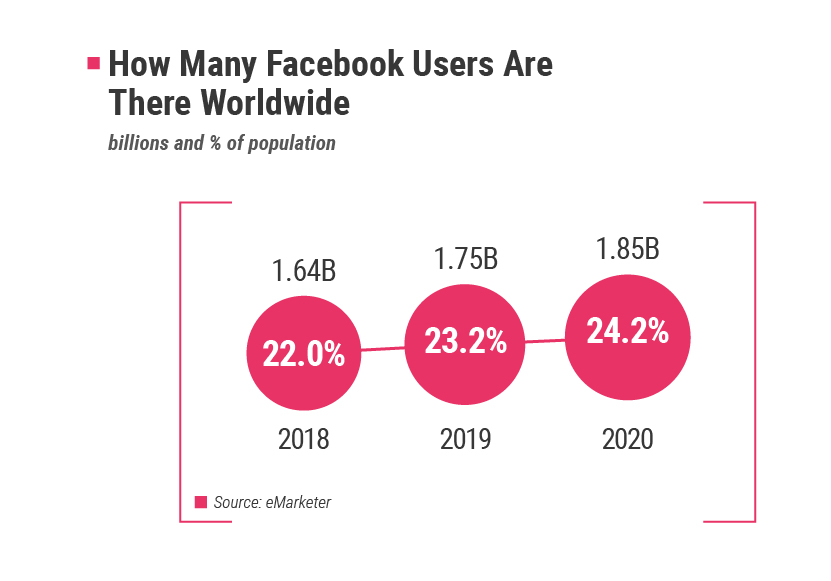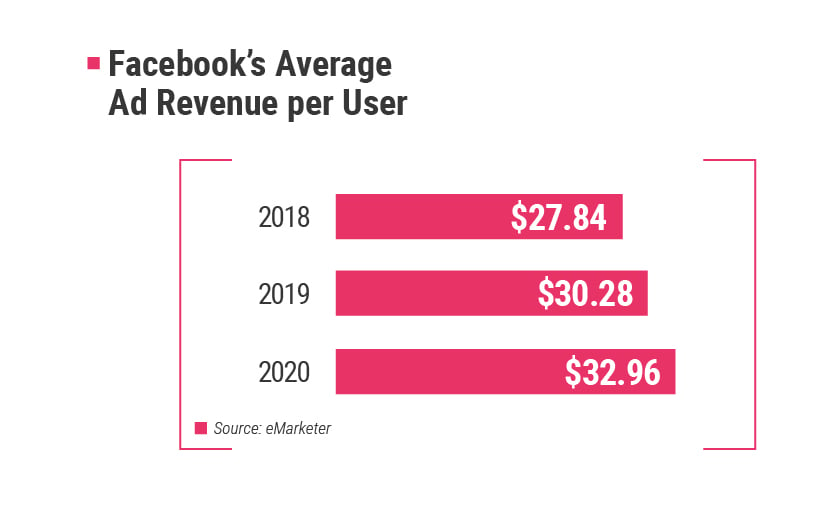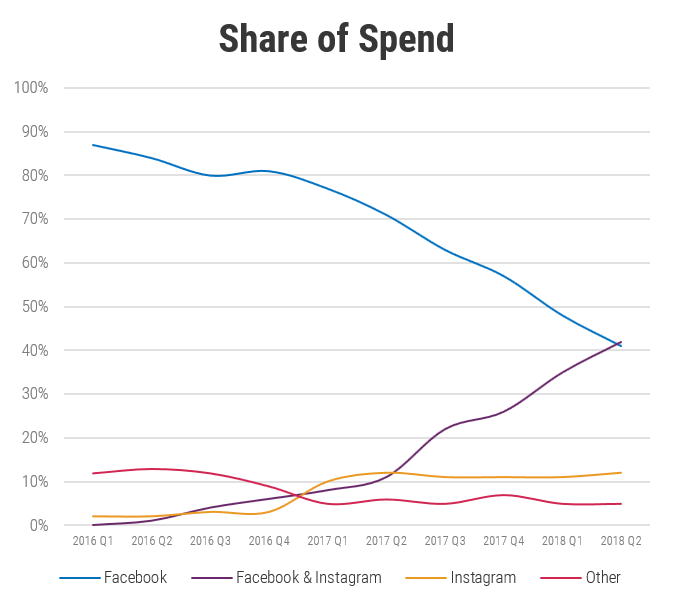What does 2019 have in store for the marketer of the future? In this article, we analyze what we believe are the three phenomena that any professional who works in digital advertising, will have to take into account to improve their strategy for the coming year.
1. Increasing adoption of chat applications and 'chatbots' as conversion tools
Last year there was a lot of talk about it, but it´s now that advertisers are really daring to use chatbots in their customer acquisition strategy, whether implemented on web pages or in chat applications, which today have a huge potential audience.
A big advantage of chatbots is that you don't need to educate users to promote their use, as chat is already hugely popular: according to internal sources of WhatsApp and Facebook Messenger, both applications have exceeded 1.3 billion active users worldwide. In 2019 we will see brands significantly increase their advertising investment in these channels.
There is an understandable hesitation from some marketers to adopt chatbots - for the last decade or more, digital marketers have been striving to develop closer human contact between their brand and its audience. The idea of putting a robot into that relationship is counter-intuitive.
The reality, however, is that well-employed, the user experience of interacting with a chatbot doesn't have to create friction, but in fact saves time and effort on the way to conversion.
Advertisers have noticed this, and every day there are more active campaigns using chatbots. A clear example is Giorgio Armani's chatbots campaign, that Adglow successfully developed through Facebook Messenger.
.jpg?width=1920&name=chatbot-3589528_1920%20(1).jpg)
Photo by Pixabay
2. The explosion of 'Social e-commerce'
The concept of e-commerce has been working successfully for several years, in fact, according to eMarketer, sales of online businesses worldwide have increased more than 17% in the last third of 2018, compared to the same period of the previous year. However, 2019 will be the year in which online sales will be triggered through social networks - a process known as Social e-commerce.
Social platforms have gone from being simple showcases of products or services, to channels with the ability to influence the user´s purchasing decisions, and drive results throughout the purchase funnel.
In 2018, visits from social media posts to websites of advertisers to buy their products, increased by 146% compared to 2017, according to data from a report on Social Commerce made by Business Insider.
 Between all the networks, Facebook will continue to be at the forefront of audience reach. The number of active users on Facebook will continue to grow.
Between all the networks, Facebook will continue to be at the forefront of audience reach. The number of active users on Facebook will continue to grow.

But another platform is emerging as a significant advertising opportunity: Instagram. There is a clear tendency for advertisers to increase their investment in this network. And statistics already show that user engagement with images that are posted on Instagram is comparatively high.

Source: Adglow
With social driving audience reach and engagement beyond other advertising channels, and social users growing familiar with shopping through social ads, we are entering a new phase where social commerce becomes the default channel for selling goods online.
As an example, here is the case study of Adglow's success with Bootea, in which the goal of generating traffic and sales to the customer's e-commerce was achieved through Facebook and Instagram.
3. The prominence of voice assistants
Voice assistants are based on Artificial Intelligence technology, which through a Smart Speaker, have the ability to hold a simple conversation with a human being and, in fact, improve their responses the more you interact with them.
Play the song of your favorite artist, request information about a place you want to visit, find the nearest restaurant to eat, find out about the weather in a city you visit... those are examples of what you can do just by asking your friendly voice assistant.
If today social networks are so important, it's because they have managed to integrate perfectly into our daily lives, and into the routines of the vast majority of the population. This is precisely the same kind of effect that’s happening with voice assistants.
And wherever something becomes part of the daily routines of large audiences, brands will be there to take advantage of it.
Since Apple launched Siri to the market in 2011, other technology companies have followed suit: Microsoft with Cortana, in 2014; Amazon with Alexa, the same year; Google with its Assistant, in 2016; Samsung Galaxy with Bixby, in 2017; and Movistar with Aura, in 2018. In 2021, there will be the same number of voice assistants deployed, as people on the planet, according to the Ovum research firm.
.jpg?width=1920&name=voice-control-2598422_1920%20(1).jpg) Photo by Pixabay
Photo by Pixabay
How will voice assistants change the advertising landscape?.
Whilst voice assistants currently don’t offer specific advertising products, they do connect to other channels that are accessible to advertisers - primarily, search. Voice assistants use search engines to drive their ability to answer their user’s questions - so advertisers who are interested in the voice-assistant shift need to pay attention to how users approach “spoken search” differently to “typed search”.
In the words of Adam Cheyer, co-founder of Siri, "soon, voice assistants will be more important than smartphones".
How to increase purchases by 270% with SHINE by Adglow
Night In Boxes is a US-based subscription company that delivers complete date nights to your door each month. Each box includes a designed date night with several activities, ambiance, music, snacks,...4 of the Most Impactful Social Campaigns of 2018
With 2018 almost coming to its end, and more than 55,000 digital campaigns managed by Adglow this year, it's time to look back, analyze and highlight 4 of our favourite success stories. The digital...2019 Digital & Social Advertising Predictions
What does 2019 have in store for the marketer of the future? In this article, we analyze what we believe are the three phenomena that any professional who works in digital advertising, will have to...Adglow at 10 - The Next 10 Years
When Adglow was founded in 2008, we didn't have plans to become a social advertising specialist.Copyright © 2023 Adglow All Rights Reserved
Terms & Conditions | Privacy Policy | Cookie Policy
Official advertising partner:




